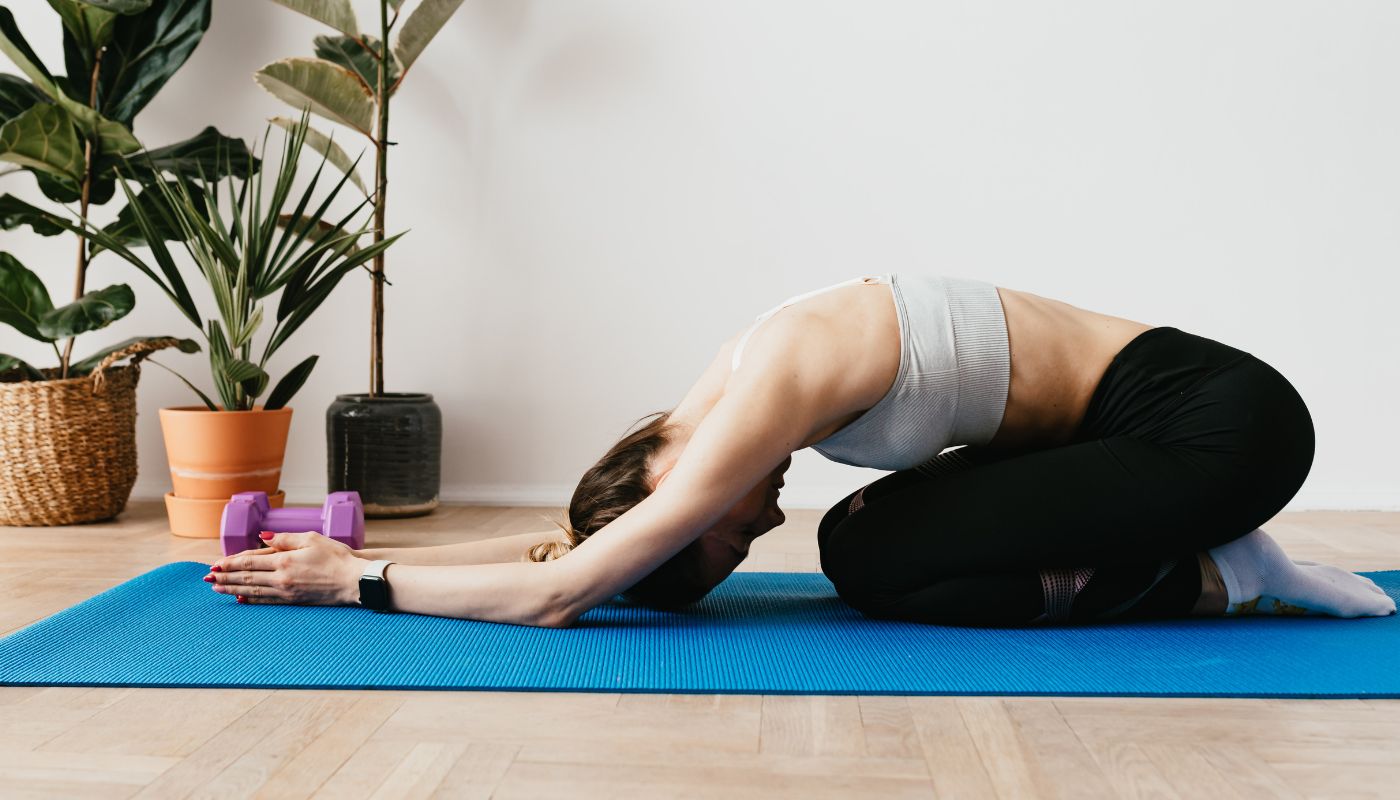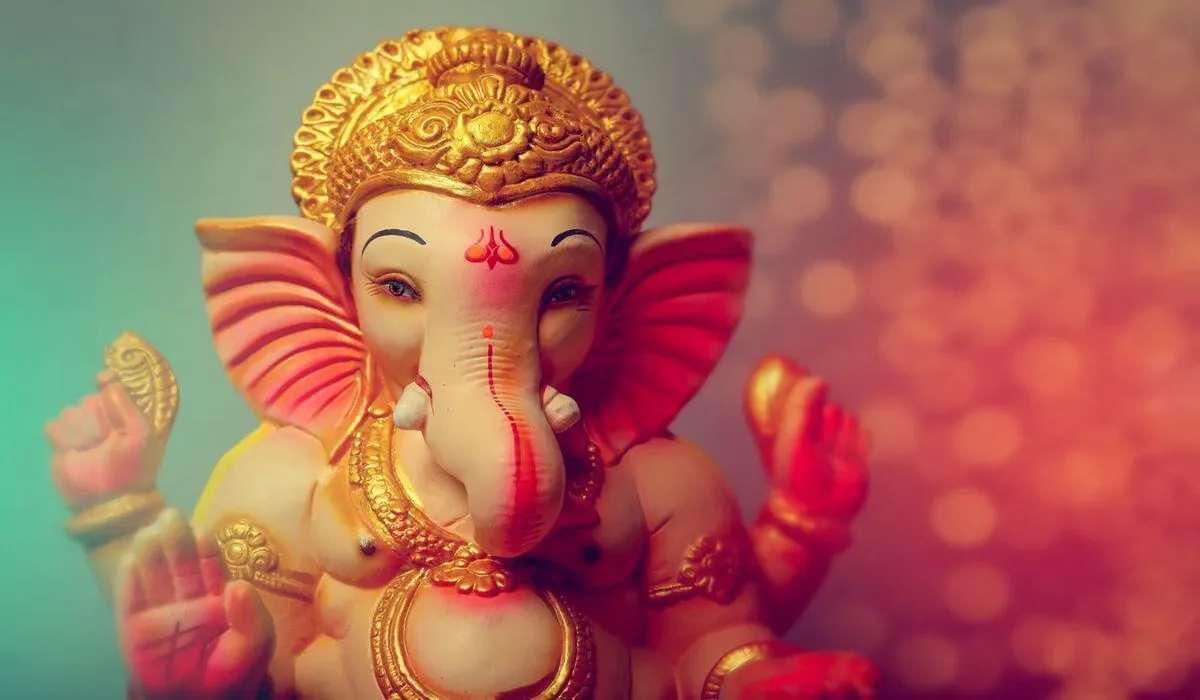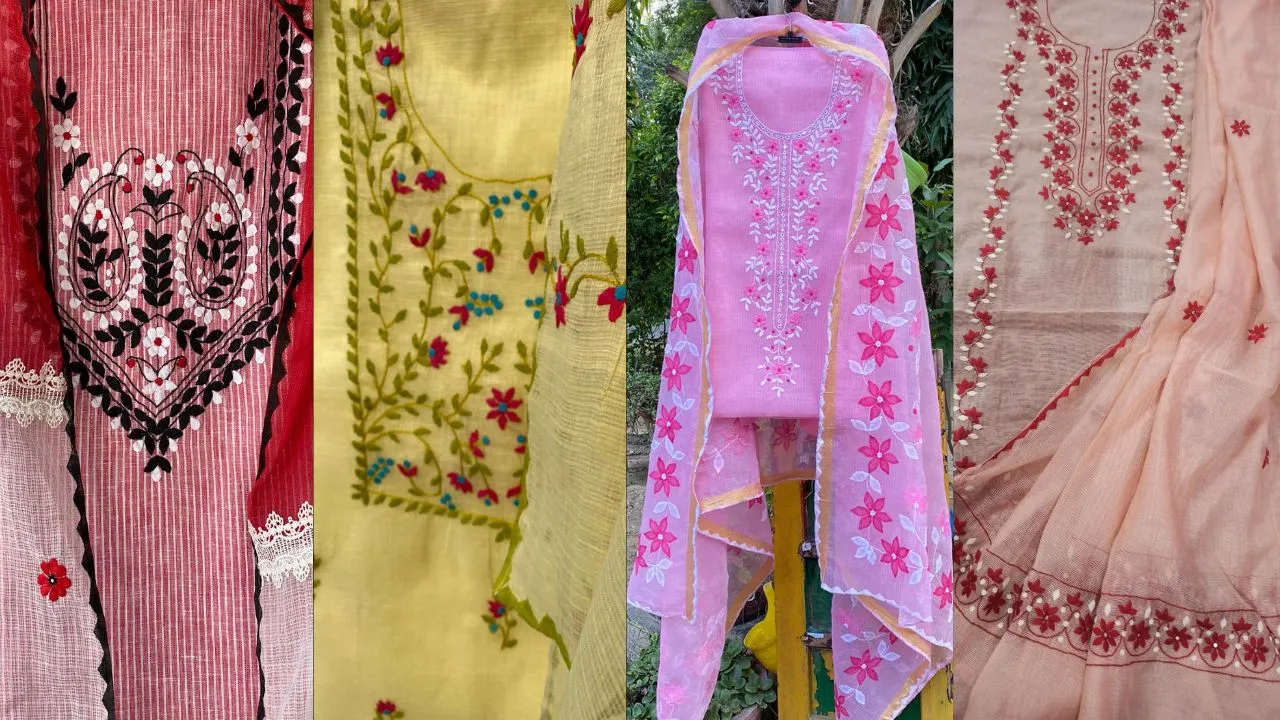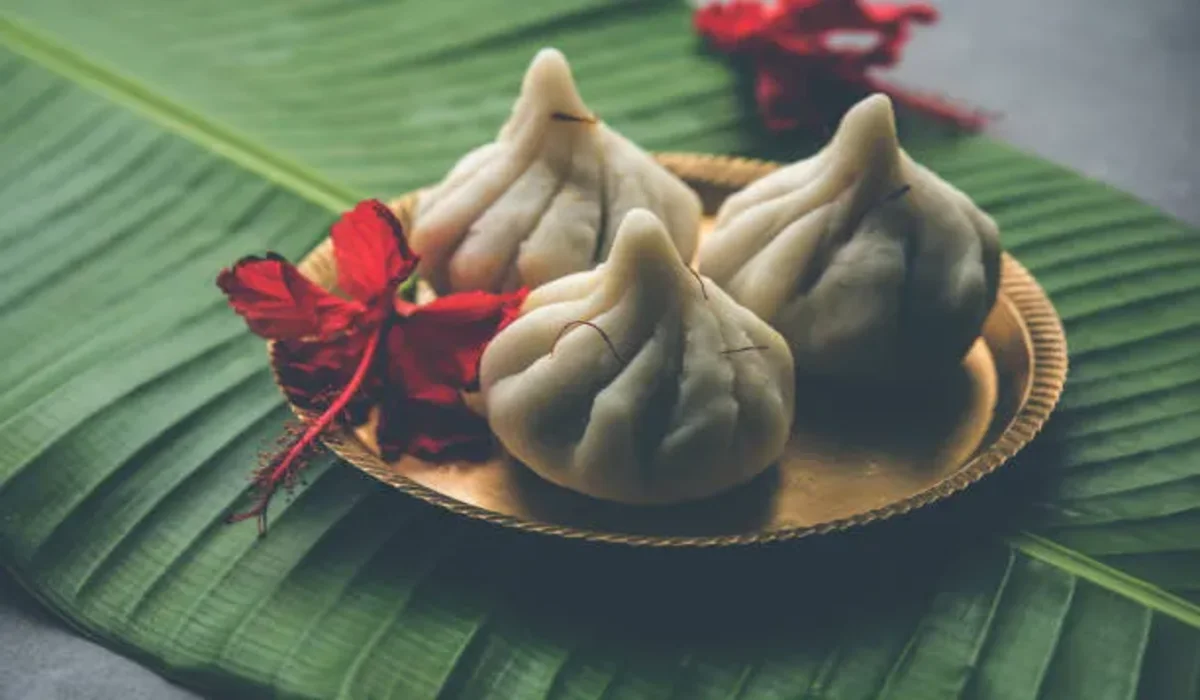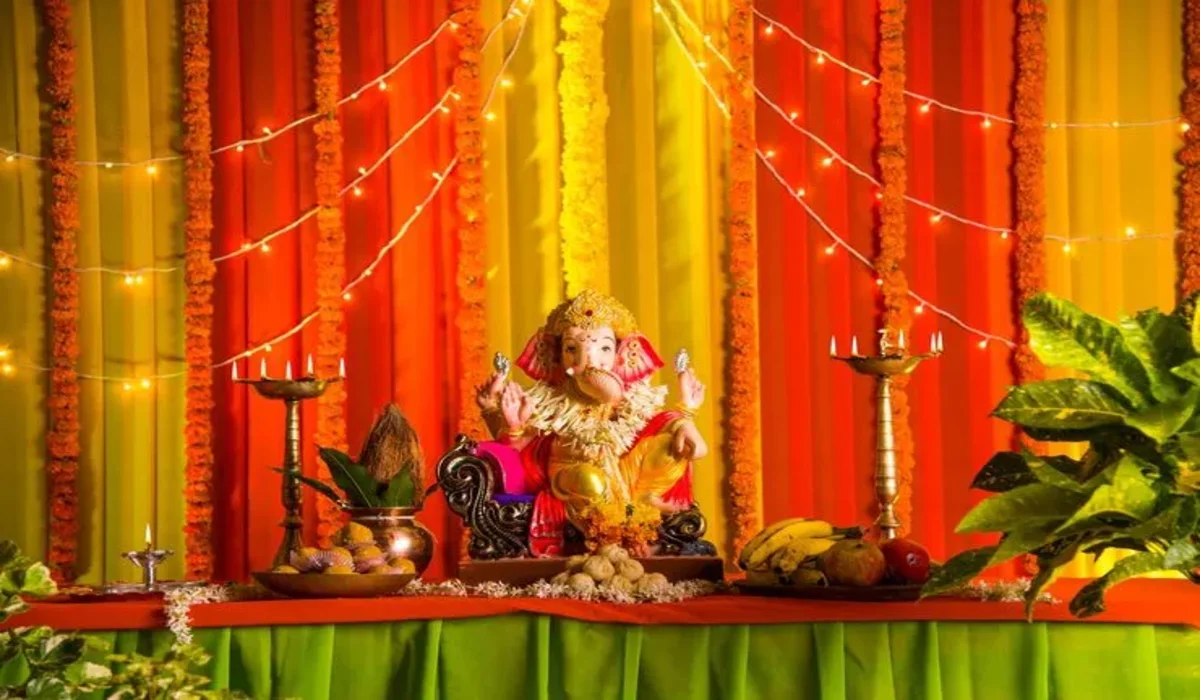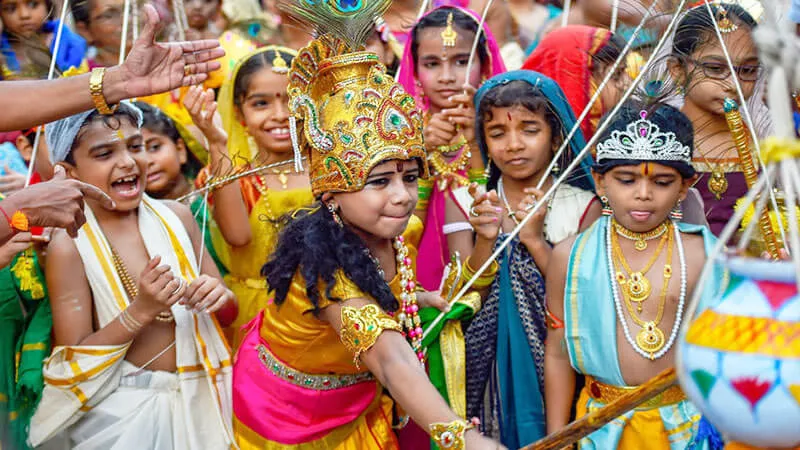If you’re searching for a simple yet powerful way to calm your mind and relax your body, Balasana, also known as Child’s Pose, might be exactly what you need. This gentle yoga posture is deeply grounding, accessible to all levels, and ideal for relieving stress, anxiety, and tension.
In this blog, we’ll explore the meaning and benefits of Balasana, how to practice it correctly, and some tips to deepen your experience for ultimate relaxation.
What Is Balasana?
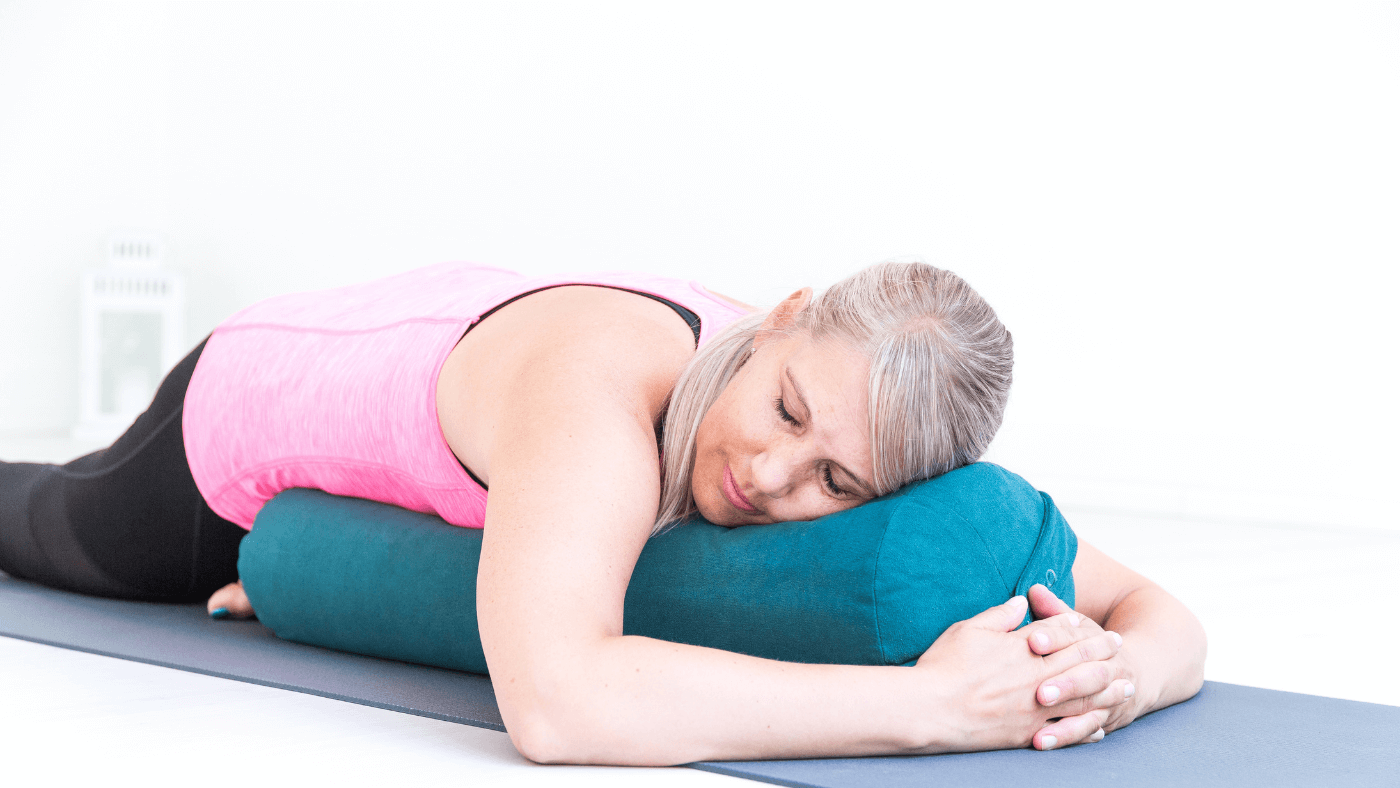
Reading to surrender into the what pose is most important part of the daily used. It is a completely easy pose initially bodily, but it calls for endurance and the capacity to surrender to gravity and a state of non-doing,” Peter Sterios, a yoga instructor and creator of Gravity & Grace. While it could now not be a physically difficult posture, Balasana will help you domesticate the mindset vital for deeper practice.
-
Bala meaning "child"
-
Asana meaning "pose" or "posture"
As the name suggests, the pose mimics the fetal position—symbolizing surrender, comfort, and emotional release.
Benefits of Practicing Balasana
Mental and Emotional Benefits:
-
Calms the mind and reduces anxiety
-
Activates the parasympathetic nervous system (rest-and-digest mode)
-
Encourages introspection and emotional grounding
-
Helps release stored emotional stress
When to Practice Balasana

Balasana can be practiced:
-
At the beginning of a yoga session to center yourself
-
At the end of your practice during cool-down
-
Anytime during the day when you feel overwhelmed or tired
How to Do Balasana (Child’s Pose) Step-by-Step?
Here’s a simple guide to help you practice Balasana safely and effectively:
Step 1: Fold Forward
-
Extend your arms forward, palms facing down, or bring them back alongside your body with palms up for a more inward, calming variation.
Step 3: Rest Your Head
-
Close your eyes and relax your jaw, shoulders, and neck.
Step 4: Breathe Deeply
-
Exhale slowly, letting go of tension with each breath.
-
Stay here for 1–5 minutes (or longer if comfortable).
Tips for Deepening Relaxation in Balasana

-
Use Props: Place a bolster or pillow under your torso for extra support. Great for longer holds or if you have tight hips.
-
Warm Environment: Practice in a quiet, warm room to encourage muscle relaxation.
-
Use Aromatherapy: Light a calming essential oil like lavender or sandalwood to enhance the mood.
-
Close the Eyes: Shutting out visual distractions helps you turn inward and promote calm.
-
Try Guided Breathwork: Focus on deep belly breathing or follow a guided meditation to amplify relaxation.
Common Modifications & Cautions
-
Knee Discomfort: Place a folded blanket under the knees or between calves and thighs for cushioning.
-
Pregnancy: Keep knees wide and use props to avoid compressing the belly.
-
Neck Issues: Use a block or pillow to support the forehead without strain.
Always listen to your body—if any part of the pose causes discomfort, ease out or adjust with props.
Final Thoughts
In just a few minutes, it can help reset your nervous system, calm your thoughts, and bring you back to your center. Whether you're a seasoned yogi or just starting out.
Incorporating Child’s Pose into your daily routine can offer a profound sense of peace and release. So next time life feels overwhelming, take a moment, roll out your mat, and melt into the gentle embrace of Balasana.



